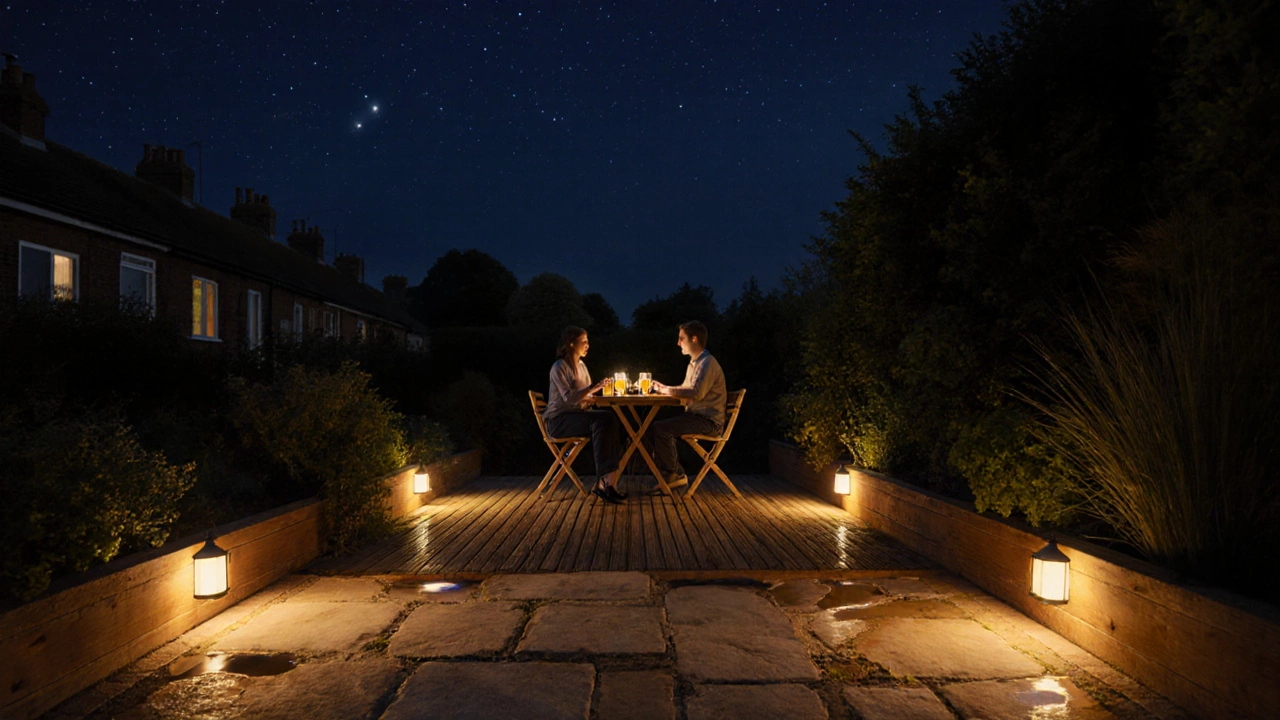When working with insect attracting light, a light source that emits wavelengths—usually UV or blue—that draw insects like moths and beetles. Also known as bug light, it can dramatically change the way outdoor security lighting, lighting installed around a property to deter intruders and improve visibility works after dark. The same principle applies to floodlight, high‑output fixtures that blanket large areas with bright light. Because these fixtures often use UV‑rich LEDs, they become prime UV light, the part of the spectrum that insects are most sensitive to sources. In short, insect attracting light influences how effective your security lighting will be and can even affect camera performance.
Why does this matter for a typical home or business? Insect swarms create a moving haze that can obscure camera lenses, trigger motion sensors falsely, and lower the perceived brightness of a security zone. A recent field test showed that a motion‑sensor light without any UV filter generated three times more false alarms than a filtered version. That’s a classic case of the semantic triple: Insect attracting light → triggers false alarms → reduces security reliability. Engineers solve this by either selecting LEDs with minimal UV output or adding opaque lenses that block the attractant wavelengths. The same logic extends to weatherproof lighting, fixtures designed to keep working in rain, dust, and extreme temperatures. A waterproof fixture that also filters UV will stay functional in rain while keeping bugs at bay, fulfilling the triple: Weatherproof lighting requires rain protection and UV filtering → improves overall system uptime.
First, check the lamp’s spectrum. If the product description mentions “UV‑LED” or “bug‑attracting” you’re likely dealing with a light that will draw insects. Swap it for a warm‑white LED (2700‑3000 K) that emits far less UV. Second, add a simple amber or clear filter over the fixture; it cuts the 350‑400 nm band that insects love without dimming the visible light. Third, aim the beam slightly downward or use shields that direct light onto the ground instead of the sky—this reduces skyglow and makes the light less visible to flying insects. Fourth, use motion‑activated timers so the light only shines when needed; a brief burst is less inviting than an always‑on beacon. Finally, pair your lights with regular cleaning. Insect carcasses can build up on lenses and degrade image quality for cameras, a tiny detail that many overlook.
All of these steps tie back to the core idea that managing insect attracting light is part of a broader security strategy. When you choose the right fixtures, you’re not just buying a brighter bulb—you’re reducing false alerts, protecting camera lenses, and extending the life of weatherproof components. Below you’ll find articles that walk through rain‑proofing outdoor lights, comparing floodlights to dedicated security lights, and explaining how wireless cameras interact with different light spectra. Whether you’re upgrading a single garden lamp or planning a full‑scale perimeter solution, the insights here will help you make choices that keep both intruders and insects at a distance.

Learn which outdoor light colors keep bugs away, why they work, and how to choose the right bulbs for a bug‑free patio.